Pepper
Pepper
A Guide to the Worlds Favorite Spice

Joe Barth
ROWMAN & LITTLEFIELD
Lanham Boulder New York London
Published by Rowman & Littlefield
An imprint of The Rowman & Littlefield Publishing Group, Inc.
4501 Forbes Boulevard, Suite 200, Lanham, Maryland 20706
www.rowman.com
6 Tinworth Street, London SE11 5AL, United Kingdom
Copyright 2019 by The Rowman & Littlefield Publishing Group, Inc.
All rights reserved . No part of this book may be reproduced in any form or by any electronic or mechanical means, including information storage and retrieval systems, without written permission from the publisher, except by a reviewer who may quote passages in a review.
British Library Cataloguing in Publication Information Available
Library of Congress Cataloging-in-Publication Data
Names: Barth, Joe, 1950
Title: Pepper : a guide to the worlds favorite spice / Joe Barth.
Description: Lanham, Mariland : Rowman & Littlefield, 2018. | Includes bibliographical references and index.
Identifiers: LCCN 2018026456 (print) | LCCN 2018031502 (ebook) | ISBN 9781442273931 (Electronic) | ISBN 9781442273924 (cloth : alk. paper)
Subjects: LCSH: Pepper (Spice) | Cooking (Pepper) | LCGFT: Cookbooks.
Classification: LCC SB307.P4 (ebook) | LCC SB307.P4 B37 2018 (print) | DDC 633.8/4dc23
LC record available at https://lccn.loc.gov/2018026456
 The paper used in this publication meets the minimum requirements of American National Standard for Information SciencesPermanence of Paper for Printed Library Materials, ANSI/NISO Z39.48-1992.
The paper used in this publication meets the minimum requirements of American National Standard for Information SciencesPermanence of Paper for Printed Library Materials, ANSI/NISO Z39.48-1992.
Printed in the United States of America
Preface

I first became interested in pepper after reading Mark Kurlanskys Cod: A Biography of the Fish That Changed the World . Then after I read his book Salt: A World History , I began thinking about other everyday things we take for granted. Pepper had been staring me in the face for as long as I could remember, and yet I knew next to nothing about it. As I started reading about pepper, my interest was piqued and I began to research it in earnest. After a year or so, it was clear that a trip to Kerala would flesh out with experience what I had learned by reading. The adventure began on January 22, 2016.
The lengthy itinerary from Toronto to Kochi was subject to several unexpected delays and transfers. After a long car ride, my driver dropped me off at the Kairali Ayurevedic Spa Resort in Palakaad. I had arranged to meet Stephen Lynch, a colleague from my university who had just completed a consulting project in Tanzania. Stephen was no stranger to the Kairali Resort, and he convinced me that it was the best way to overcome the effects of jet lag. He was absolutely right. After five days of being pummeled twice daily by expert masseurs, taking yoga lessons, and eating special healing diets prescribed by the Ayurvedic doctor in attendance, I felt great. I remember seeing my first Piper nigrum plant just outside my cabin, resplendent with bright green leaves and heavy with pepper berries. No photographs could do it justice.
Sometimes serendipity is better than the best laid plans. After leaving the Kairali resort, we headed off to the house I rented on Bolgatty Island, not far from Fort Kochi and the historic spice trading area called Jew Town. The owner of the property, Dr. Joseph Mankiddy, dropped in and heard about my plan to write a book about pepper. A call to his friend Mr. Parathode Antony, an important landowner and entrepreneur in the town of Cheruthony, set up my first visit to a pepper plantation. Mr. Parathode introduced me to a local pepper trader, and we were able to follow the supply chain back to Jew Town. There, at the now defunct Pepper Exchange, we met Mr. Anand Kishore, the proprietor of Kuruwa Enterprises, one of the largest independent spice traders in Kerala. Mr. Kishore spoke with us at length about the spice trade and all its complexities.
I visited the oldest Synagogue in India, the Church where Vasco Da Gama was buried, the Dutch Palace, Hill Palace, and many other sites relevant to the historical section of this book.
The time passed all too quickly and I returned to Guelph to start writing this book.
Introduction

I f you are passionate about food, food ingredients, and food provenance, then this book is for you. It is about the spice called pepper, made from the fruit of the Piper nigrum vine. Pepper is an ingredient found in every kitchen and as a condiment on virtually every dining table. It is used in the preparation of countless recipes and is sprinkled on foods as a condiment, often without much thought. It also plays a role in the preservation of certain cold meats, aspics, and pts. What is less known is that the essential oil of pepper is an ingredient in many popular perfumes and insect repellents, and it plays an important role in both traditional and modern medicine.
Despite the proliferation of this spice and its many uses, most people know very little about it: where it comes from; how to assess its quality; how long it can be stored; or, in some cases, even what it tastes and smells like. In fact, because pepper is so easy to use, knowledge about it is not essential for most people. Thousands of recipes include the phrase salt and pepper to taste with no particular regard for the intended level of contribution made by the pepper toward the flavor of the final dish. For most people, it is simply bought whole or ground and is added to food during cooking or as a condiment when the dish is served. Since knowledge can enhance your enjoyment and appreciation of many things, knowing more about this ubiquitous and surprisingly impactful spice may help you enjoy and appreciate the food you shop for, prepare, and eat more than ever before. To get you started, here are a few of the many facts about pepper found in this book.
- Four kinds of peppercorns are produced from the fruit of the same perennial evergreen vine.
- Stubbornly hard to grow, Piper nigrum evolved in India, a land known for its annual monsoon cycle. It requires 1.52 meters of rainfall each year, does not tolerate long dry periods, and needs 65 to 95 percent humidity, with average temperatures around 86F (30C).
- Piper nigrum is susceptible to a host of biological pests, including molds, which thrive in warm, damp soils, affecting roots and stems and sometimes producing metabolites with toxic properties in the fruit.
- Piper nigrum is best grown at elevations of 5001,500 meters in forest loam soils that are rich in the nutrients needed. Strong breezes and good drainage are required to help keep the molds at bay.
- Peppercorns ripen unevenly over a period of six weeks and thus are unsuited to mechanical harvesting. Like many products from the tropics, such as coffee, tea, and cocoa, pepper is produced on the backs of the planets working poor.
- Pepper was a key motivator in the exploration and colonization of the globe by the Spanish, Portuguese, Dutch, and English. Wars were fought and populations enslaved in order to secure ever more plentiful supplies of cheaper pepper.
- At the time of writing (2018), the price of pepper being traded is low ($4,300 US per ton), down substantially from a peak of $10,000 in 2013. Prices rose 310 percent from 2003 to 2013. The world demand for pepper is expected to grow from four hundred forty-six thousand tons in 2017 by ten thousand tons per year.
Next page
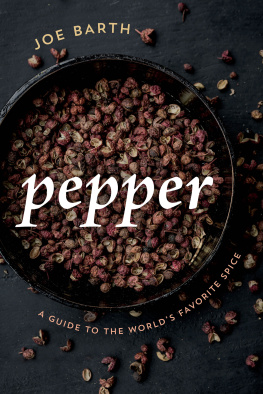
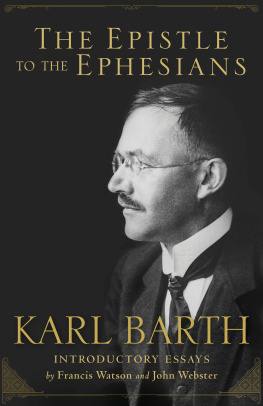


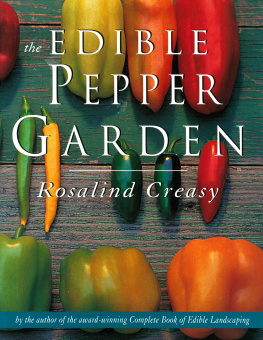
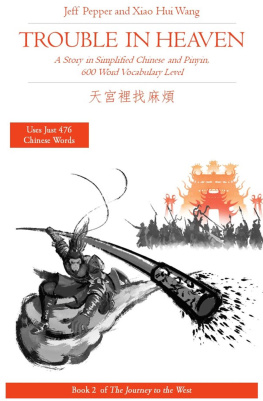
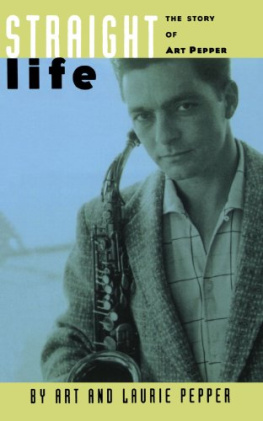
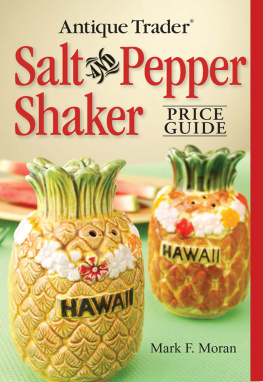

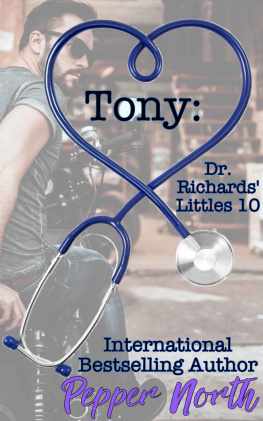
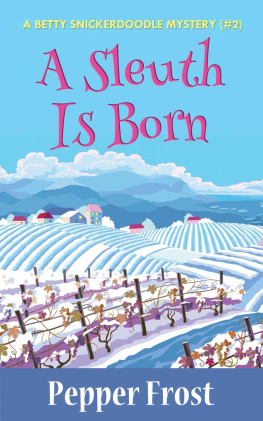
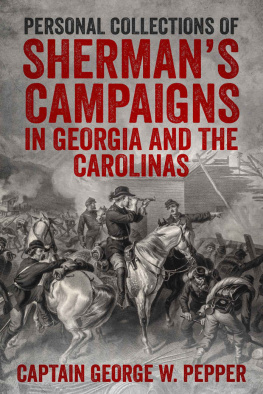
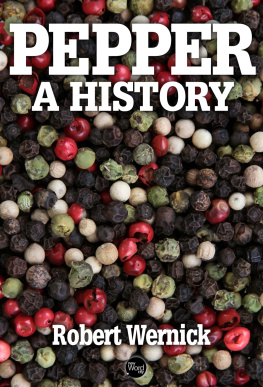
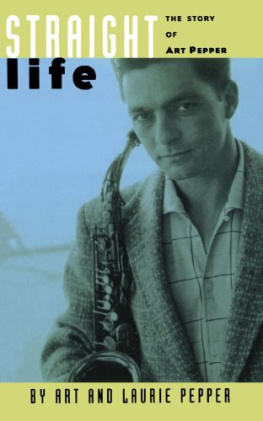

 The paper used in this publication meets the minimum requirements of American National Standard for Information SciencesPermanence of Paper for Printed Library Materials, ANSI/NISO Z39.48-1992.
The paper used in this publication meets the minimum requirements of American National Standard for Information SciencesPermanence of Paper for Printed Library Materials, ANSI/NISO Z39.48-1992.